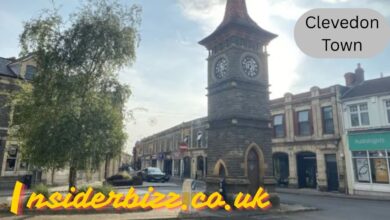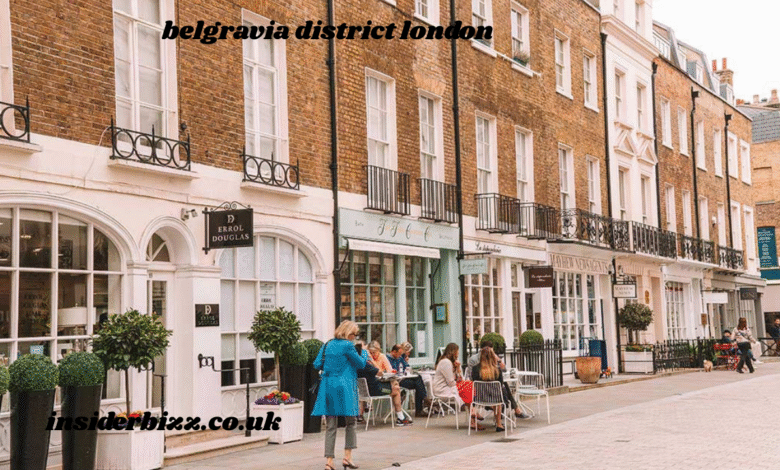
Belgravia District London, ?? – Exploring Elegance, Heritage, and Prestige in the Heart of the Capital
Introduction to Belgravia District London, ??
Nestled between the vibrant neighborhoods of Knightsbridge and Victoria, the Belgravia district London, ?? is one of the most elegant and prestigious areas in the city. Known for its grand white stucco terraces, garden squares, and refined charm, Belgravia stands as a testament to the architectural and cultural heritage of London. From its 19th-century development to its modern-day status as an exclusive residential enclave, Belgravia offers a fascinating look into the upper echelons of British society and urban design.
Historical Background of Belgravia District London, ??
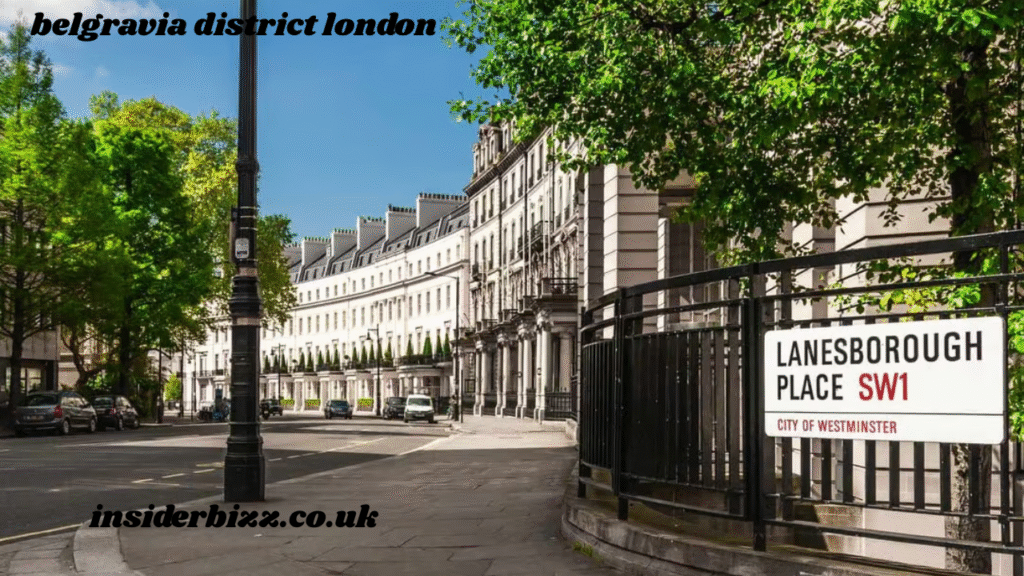
The Belgravia district London, ?? owes its name and development to the Grosvenor family, whose ancestral home, Eaton Hall, is located in Belgrave, Cheshire. This aristocratic family began developing the area in the early 19th century, under the guidance of the master architect Thomas Cubitt. Before its transformation, the area was marshy land known as “Five Fields,” infamous for highwaymen and footpads. Cubitt’s vision turned Belgravia into a district of palatial residences and refined urban planning.
Cubitt’s layout emphasized sweeping crescents, grand squares such as Belgrave Square and Eaton Square, and luxurious homes constructed from Portland stone. The architecture of the area reflects a combination of classic Georgian style and the embellishments of the Victorian era. These architectural traits remain the hallmark of the district today.
Belgravia’s Architectural Significance
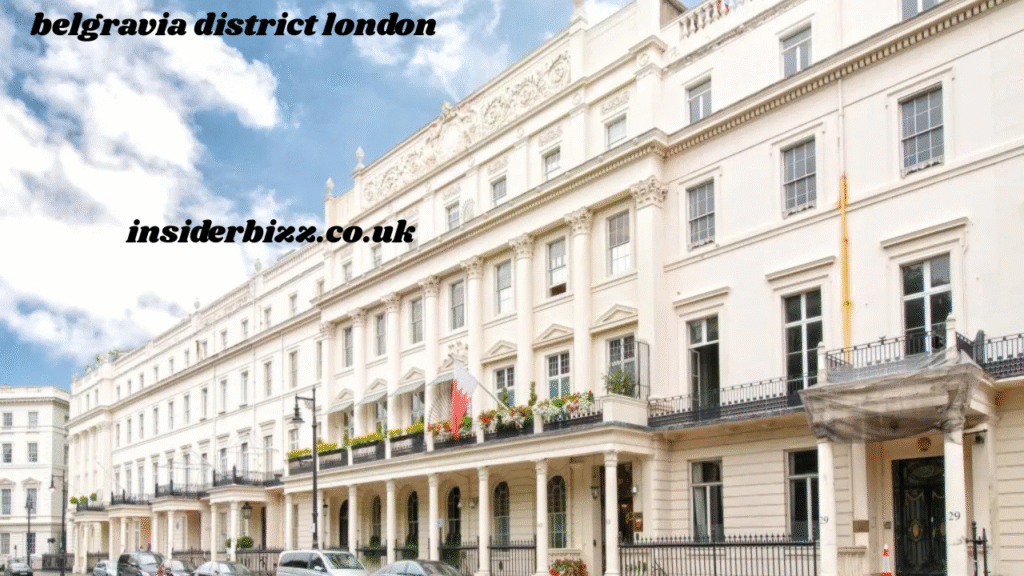
Belgravia district London, ?? showcases architectural excellence rarely found in modern developments. The uniform white stucco façades, wrought iron balconies, Corinthian columns, and high ceilings are key features that give the neighborhood its characteristic charm. Many of the original 19th-century houses have been converted into embassies, private members’ clubs, or divided into luxury apartments, yet they maintain their historical integrity.
Belgravia’s buildings are protected under strict conservation regulations, ensuring that the area retains its historical character. Walking through the serene streets of Belgravia feels like stepping back in time, offering a glimpse into Victorian elegance preserved amidst modern London.
Notable Landmarks and Places of Interest
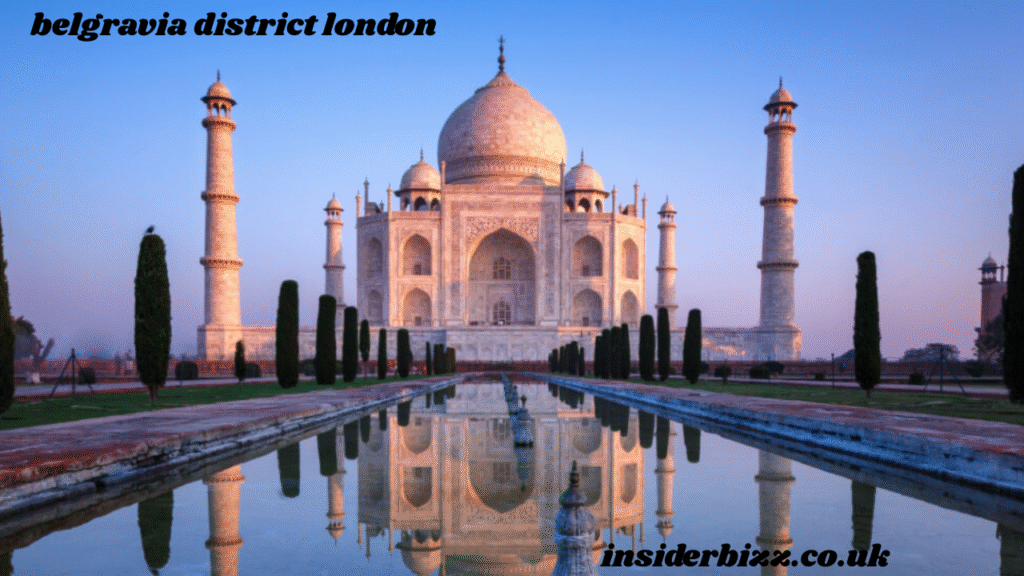
The Belgravia district London, ?? is rich with cultural and historical landmarks. Belgrave Square, one of the grandest 19th-century squares in London, is surrounded by impressive diplomatic buildings and exclusive residences. In the center of the square lies a private garden, accessible only to residents, adorned with statues and monuments celebrating British and international figures.
Another iconic location is Eaton Square, a symbol of affluence and prestige. Often described as one of the most desirable addresses in the world, Eaton Square has housed royals, politicians, and celebrities over the years. The Holy Trinity Church, designed by Henry Edward Coe and completed in 1849, stands at the eastern end of Sloane Street and serves as a cultural hub for the community.
Lifestyle and Community in Belgravia
Life in Belgravia district London, ?? is serene and refined. The neighborhood is known for its tranquility despite being centrally located. It attracts affluent residents who seek privacy, elegance, and proximity to London’s top attractions without the hustle and bustle. Tree-lined streets, boutique shops, and discreet luxury define daily life here.
Belgravia is also home to high-end boutiques, artisan bakeries, and independent cafes. Elizabeth Street is a standout, offering a mix of old-world charm and contemporary sophistication. The street is lined with flower shops, patisseries, and fashion outlets that serve the elite clientele of the area.
Culinary Delights in Belgravia
The Belgravia district London, ?? boasts a culinary scene that reflects its cosmopolitan residents. From traditional British fare to gourmet international cuisine, the area offers exquisite dining experiences. Whether it’s fine dining establishments or intimate bistros, food in Belgravia is crafted with attention to detail and quality.
The area is also known for its elegant afternoon teas and upscale bars, often hidden behind understated façades. Many establishments offer courtyard seating, creating a sense of privacy and exclusivity. Culinary experiences here are often as luxurious and carefully curated as the architecture and ambiance of the district itself.
Real Estate and Property in Belgravia
Real estate in the Belgravia district London, ?? ranks among the most expensive in the UK and globally. Properties here are frequently valued in the tens of millions of pounds. Large Georgian townhouses, private mews, and modernized apartments with historical facades dominate the property landscape.
International investors, diplomats, and ultra-high-net-worth individuals make up the primary clientele for Belgravia’s real estate. The demand is driven by the district’s privacy, location, and architectural beauty. Despite global economic fluctuations, Belgravia remains a symbol of long-term real estate stability and prestige.
Prominent Residents and Cultural Influence
The Belgravia district London, ?? has long attracted influential residents. British nobility, global aristocrats, ambassadors, and celebrated figures from the arts and business have all called Belgravia home. From historical figures like Lord Lucan to contemporary icons, the district maintains its allure among the elite.
Belgravia’s representation in popular culture further elevates its mystique. Films, novels, and television series often portray Belgravia as a backdrop of power, mystery, and elegance. Julian Fellowes’ TV series “Belgravia” vividly captures the era and ethos of the neighborhood’s formative years, cementing its place in the cultural imagination.
Connectivity and Accessibility
Despite its tranquil ambiance, Belgravia district London, ?? is incredibly well-connected. The district borders major transport hubs such as Victoria Station, which provides rail, underground, and coach services. Sloane Square and Hyde Park Corner underground stations also lie at its periphery, ensuring smooth access to other parts of London.
The area is also well-served by bus routes and pedestrian paths that lead to nearby Hyde Park, Buckingham Palace, and Chelsea. This combination of peace and accessibility makes Belgravia a highly desirable place for those who want central London living without compromising on privacy and greenery.
Belgravia’s Future and Urban Development
While Belgravia maintains a deep respect for its history, there is an ongoing conversation about the future of urban development in the district. Smart home technology, eco-conscious renovations, and discreet modernization are part of the evolving narrative in Belgravia.
Efforts are being made to maintain the heritage while adapting to the needs of 21st-century living. Renovations now prioritize sustainability and energy efficiency, reflecting the lifestyle of a new generation of global residents who choose Belgravia as their base.
Conclusion: Why Belgravia District London, ?? Continues to Captivate
The Belgravia district London, ?? represents the epitome of timeless elegance in one of the world’s most dynamic cities. From its meticulously planned architecture and serene streets to its rich history and elite lifestyle, Belgravia is more than just a location—it is a statement of sophistication and heritage.
Whether you are a historian, an admirer of fine architecture, a global investor, or simply someone fascinated by the luxurious corners of London, Belgravia continues to captivate with its charm and grace. It is a district that honors its past while gracefully adapting to the present, all while preserving the essence of what makes it truly extraordinary.
Also Read : Understanding the Symbolism and History of the Country Flag Egypt

